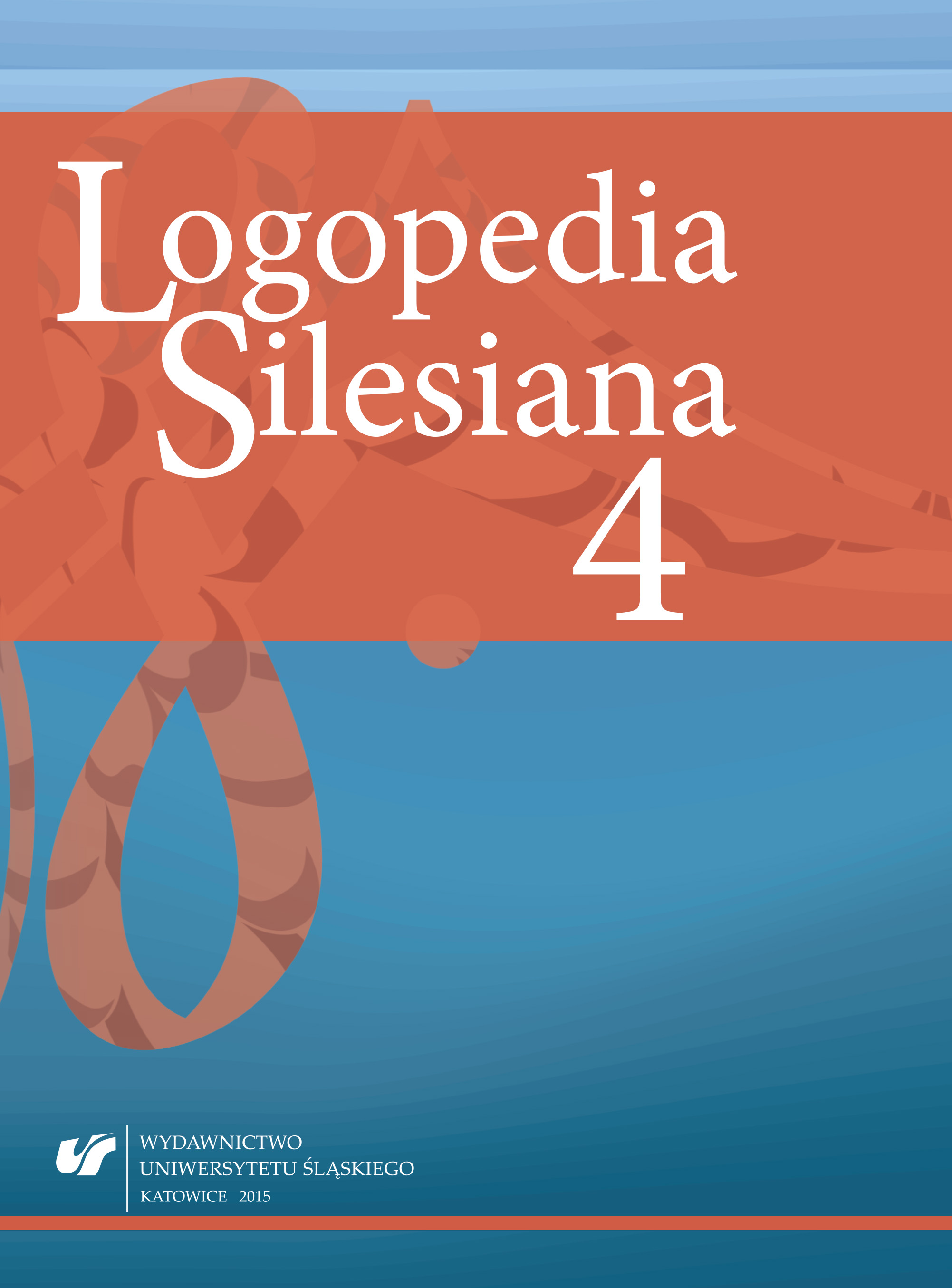Agniesza Myszka
agnieszka.myszka.urz@wp.pl
Bio Statement (e.g., department and rank)
doktor nauk humanistycznych w zakresie językoznawstwa, adiunkt w Instytucie Filologii Polskiej Uniwersytetu Rzeszowskiego, od 2010 r. kierownik Podyplomowych Studiów Logopedii na Uniwersytecie Rzeszowskim. Autorka monografii Toponimia powiatu strzyżowskiego (Rzeszów 2006), współautorka książki Nazwy ulic Rzeszowa. Historia i współczesność (Rzeszów 2012; współautor Piotr Wisz) i podręcznika akademickiego Na tropach przeszłości języka. Fonetyka (Rzeszów 2013; współautorka Małgorzata Kułakowska) oraz autorka kilkudziesięciu artykułów w monografiach i czasopismach językoznawczych. Zainteresowania naukowe koncentrują się głównie wokół zagadnień onomastycznych i obejmują badania różnych kategorii nazw własnych: antroponimów, toponimów, urbanonimów, a także onimów literackich. Poza tym w artykułach podejmuje zagadnienia z zakresu historii języka, dialektologii, dydaktyki uniwersyteckiej, a także problemy dotyczące ortofonii i ewolucji wymowy współczesnych Polaków.



 10.31261/LOGOPEDIASILESIANA
10.31261/LOGOPEDIASILESIANA